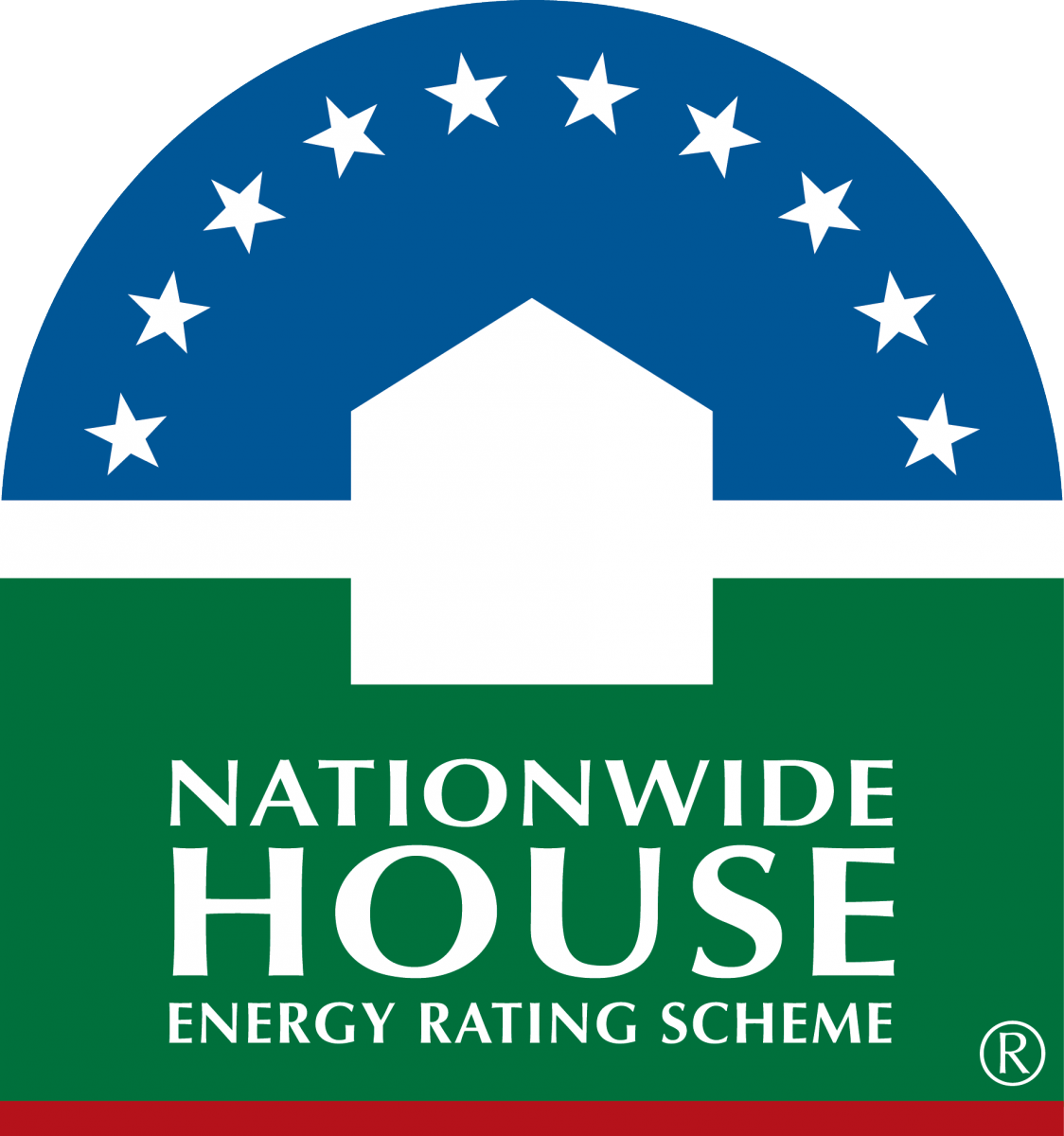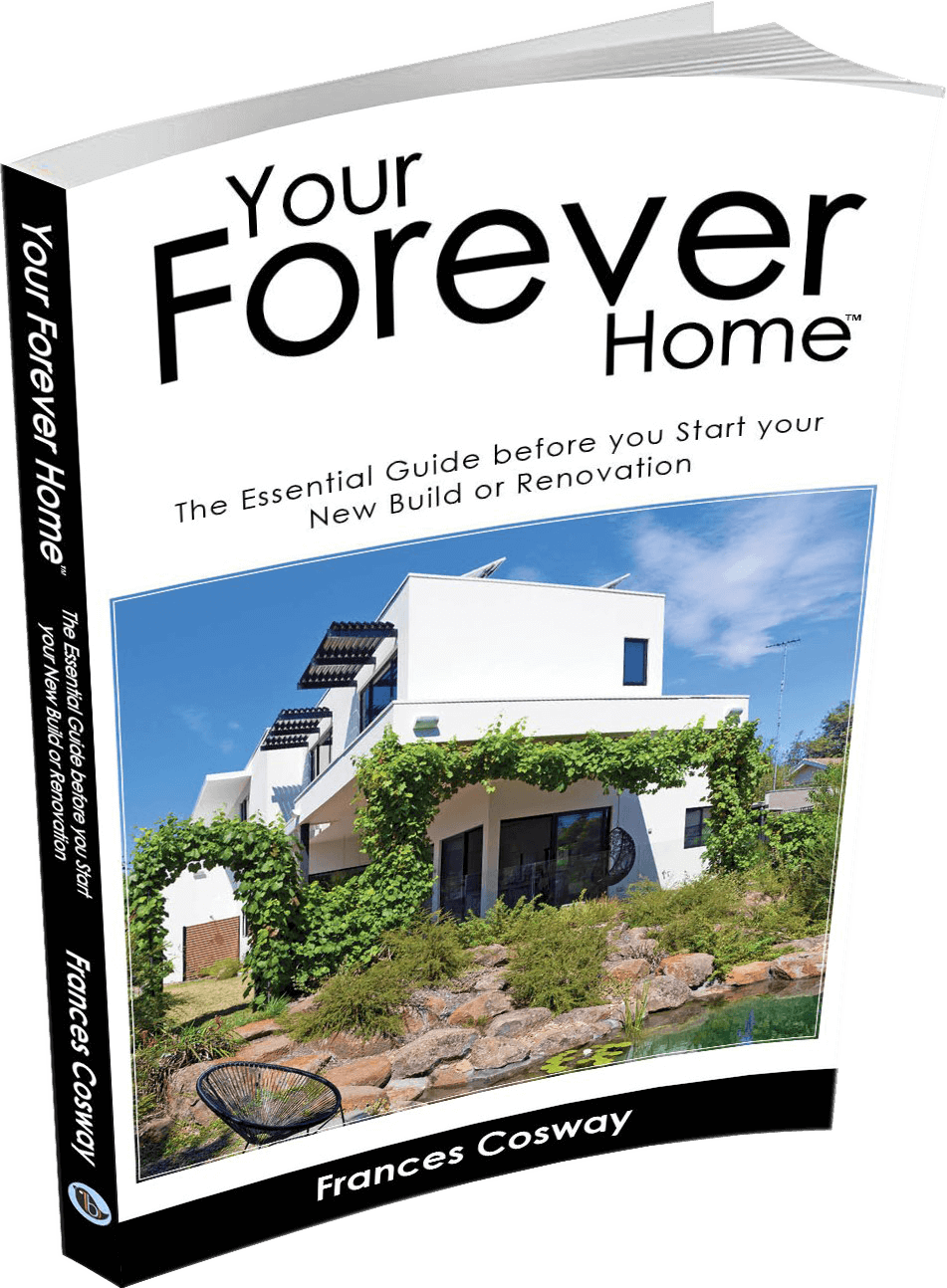Energy Efficiency in Home Design: What a 7 Star Rating Means
In recent years, there has been a push for energy efficiency in new home design and construction. The NatHERS’ Energy Rating is an Australian Nationwide Scheme that provides energy ratings for new dwellings, helping to create resilient and efficient homes for the furture The NatHERS’ rating is a measure of the overall performance of a home.
The recent increase in the minimum energy rating from 6 to 7 stars means that the new homes will use 18-28% less energy to heat and cool compared to homes rated at 6 stars. On average, the decrease in energy used is estimated to be between 20-25%. Preliminary energy ratings are completed at design stage and then again after the completion of the home. It’s important to use the NatHERS’ Energy Rating during the design process to make sure the home is built according to its design.
Building smaller homes is one way to increase energy efficiency. Reducing the size of the home will mean fewer materials required to construct and achieve the energy rating, and generally less energy to regulate a comfortable temperature. Smaller homes also generally require less maintenance than their larger counterparts contributing to financial sustainability..
Designing for flexibility and adaptability is another key aspect of energy efficiency. Zoning and minimal built-in furniture can create multi-purpose spaces.. This, along with creating a values brief, can result in a home that is adaptable to changing lifestyle needs over time.
Retaining and renovating existing homes is another option for limiting your environmental impact. Existing structures have ‘embodied energy’ meaning that the building of the existing home has already used energy in the form of materials, transport, machinery and waste. In many cases, retaining the existing structure will be more ‘environmentally friendly’ than the process and materials taken to demolish and build a new, more highly rated structure. The current cost of materials and labor makes this option more financially attractive. Historical homes with character also tend to hold their value better over time. In addition, there are environmental benefits to retaining and reusing the materials of a demolished home.
When it comes to choosing between electric and gas, electric homes are projected to have lower annual energy bills compared to gas homes. Going off-grid is not recommended for homes with easy grid connection, as batteries are still expensive.
Anna Cummings, Managing Editor of Sanctuary: Modern Green Homes, shares her top tips for energy efficiency in home design:
- Find a designer/builder passionate about sustainability
- Use the NatHERS’ Energy Rating as a design tool
- Invest in energy-efficient and thermal comfort features, especially the building envelope and insulation
- Go all electric
A 7 star rating in the NatHERS’ Energy Rating means a significant decrease in the energy required to keep your home comfortable. Building smaller homes, designing for flexibility and adaptability,retaining and renovating existing homes are all ways to increase energy efficiency. By following these tips, you can create a home that is both environmentally and financially sustainable.
Useful Links:
Know more about NatHERS: https://www.nathers.gov.au/
NatHERS’ Guide to Building for 7 Stars: https://www.nathers.gov.au/sites/default/files/2022-09/22726_Nathers_Newsletter.pdf
Top 7 Mistakes People Make and How to Avoid Them
Want to avoid key mistakes often made when building or renovating?
Get FREE instant access to the Top 7 Mistakes People Make and How to Avoid Them here.
Floor Plan Sanity Check ™
Your floor plan is the most important aspect in creating your ‘Forever Home ™’.
It’s worth spending time on the floor plan to make sure it’s flexible, adaptable and able to change as your family’s needs change.
Have a second set of professional eyes go over your floor plan to ensure it’s working as hard as it can for you. –
We call it a Floor Plan Sanity Check ™.
Find out more and book directly here.


